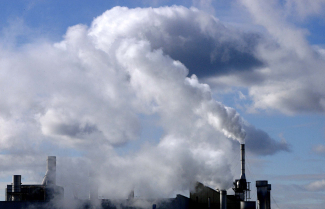Consultations on Modeling of Source-Receptor Relationship of Transboundary Air Pollution

NEASPEC has made progress on bringing North-East Asian countries together for an in-depth discussion on how to work together to reduce transboundary air pollution (TAP). On 18 – 21 March, NEASPEC Secretariat held Consultations on Modelling of Source-Receptor Relationship of Transboundary Air Pollution at Busan National University, Republic of Korea. Scientific assessments of long-range movement of air pollutants across countries are necessary to guide technical and policy cooperation among the countries. The meeting took place as part of the NEASPEC project on the “Development of Technical and Policy Framework for Transboundary Air Pollution Assessment and Abatement”.
The Consultations aimed at connecting the on-going work on TAP in North-East Asia, including the joint research project on long-range transboundary air pollutants (LTP) of China, Japan and the ROK, with the planned work of the Scientific Research Institute (SRI) of Russia on modelling of source-receptor relationship (SRR) of transboundary air pollution. The consultations shared modelling methodologies, processes and data inventories of LTP and discussed the plan and technical setting of the planned work, which will cover the entire territories of North-East Asia, including the Russia Far East.
 Back to Meetings
Back to Meetings